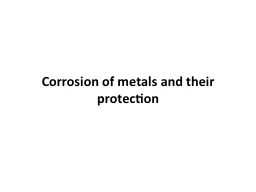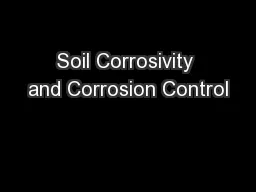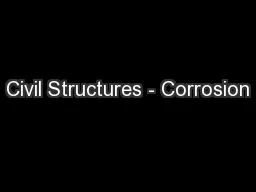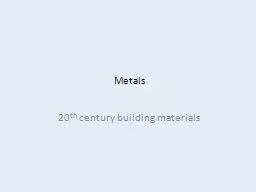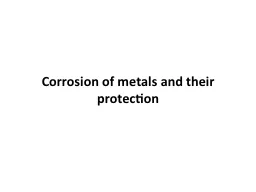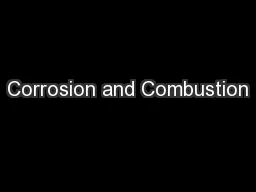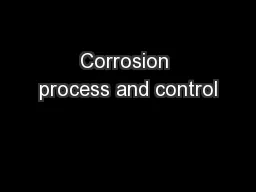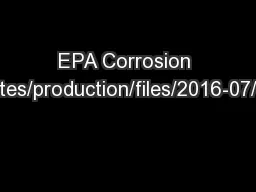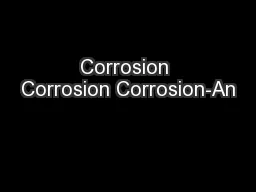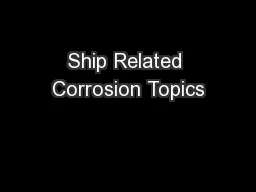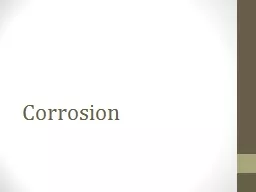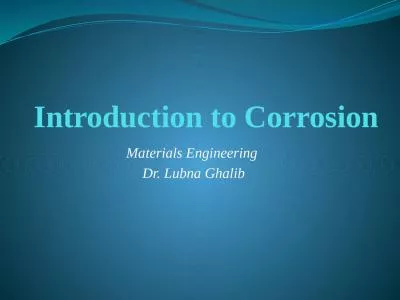PPT-Corrosion of metals and their protection
Author : pasty-toler | Published Date : 2016-03-10
What is corrosion A The reaction of a metal with oxygen in the air moisture or other substances in the environment is called corrosion B Gold is so unreactive
Presentation Embed Code
Download Presentation
Download Presentation The PPT/PDF document "Corrosion of metals and their protection" is the property of its rightful owner. Permission is granted to download and print the materials on this website for personal, non-commercial use only, and to display it on your personal computer provided you do not modify the materials and that you retain all copyright notices contained in the materials. By downloading content from our website, you accept the terms of this agreement.
Corrosion of metals and their protection: Transcript
Download Rules Of Document
"Corrosion of metals and their protection"The content belongs to its owner. You may download and print it for personal use, without modification, and keep all copyright notices. By downloading, you agree to these terms.
Related Documents

